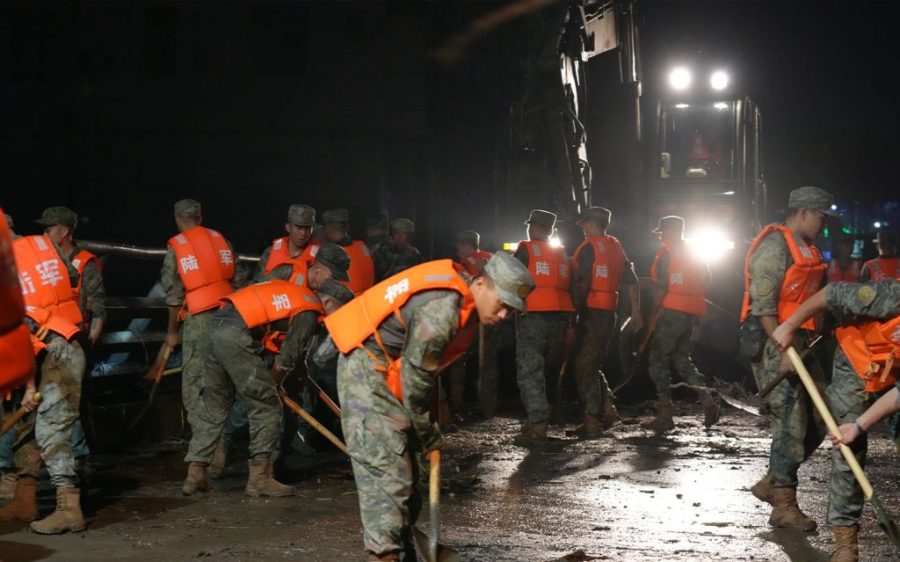Mainland authorities are mobilising advanced technologies and emergency resources in response to widespread flooding and landslides triggered by relentless rainstorms across the north of the country, the Global Times and China Daily report. These include air-drops by drones and satellite imaging from the China National Space Administration (CNSA).
Since July 23, extreme rainfall has caused severe flooding in Beijing, Tianjin and Hebei, damaging infrastructure, breaching riverbanks and displacing residents. The national meteorological observatory has maintained its orange rainstorm alert for large swathes of the country, including the capital region, while the State Flood Control and Drought Relief Headquarters has issued a level 3 flood control emergency response (the third highest in a four-tier system).
In Hebei’s Chengde city, CNSA’s satellite imaging was deployed to aid relief efforts after a landslide hit Xigou village in Luanping county. The images were being used to aid in disaster assessment and decision-making.
[See more: Typhoon Wipha may have caused HK$2 billion in losses for Hong Kong]
Meanwhile, drones have been air-dropping thousands of relief packages in mountainous areas of Beijing’s Huairou district where road access has been cut off. Each drone can carry up to 30 kg of relief supplies – including bottled water, bread, sausages and other basics – as well as a loudspeaker to direct residents to pick-up areas. The drones were also equipped with video cameras to convey on-the-ground conditions to authorities.
The Ministry of Finance and Ministry of Emergency Management have jointly allocated 350 million yuan (US$48.8 million) for rescue and recovery across nine affected provinces and regions. Relief materials including beds, lighting and hygiene kits have also been distributed by the central government and the Red Cross Society of China.
Rainstorms are forecast to continue through Wednesday, with up to 300 millimetres expected in some areas within a 24 hour period. Authorities have warned of heightened risks of flash floods, mudslides, and severe weather events such as hail and thunderstorms.






